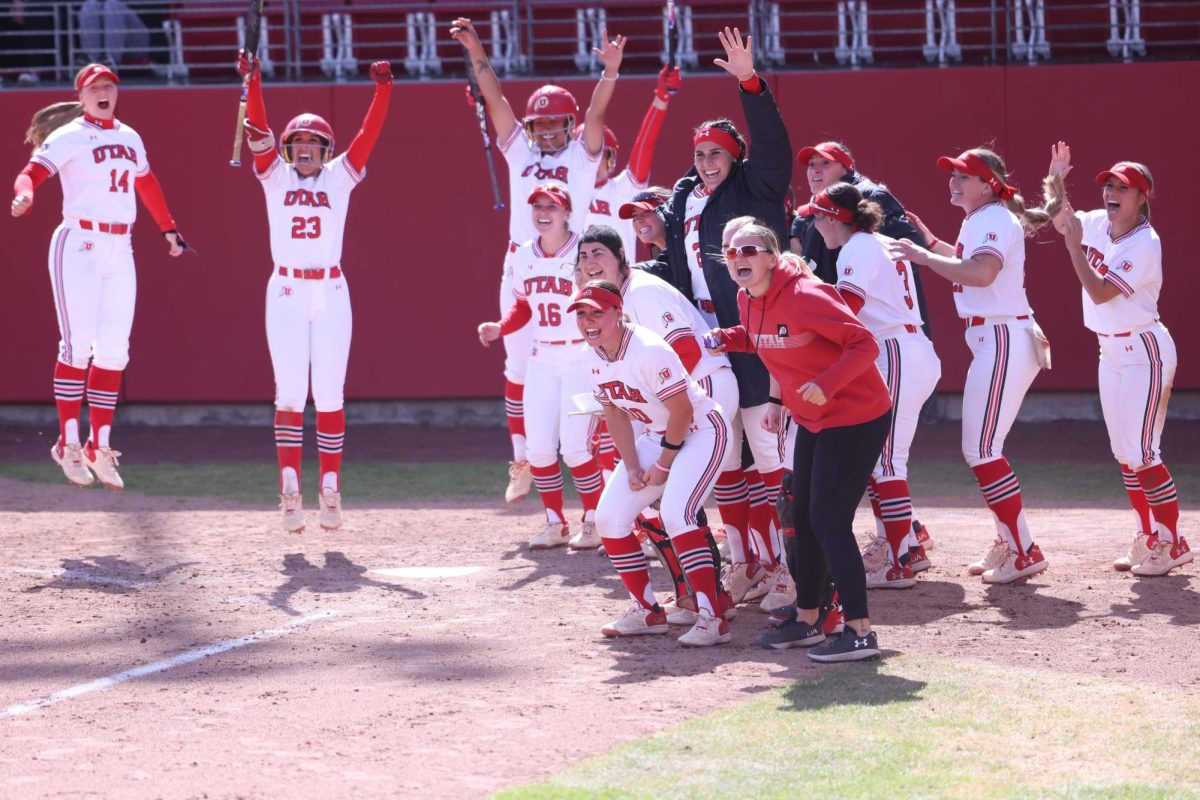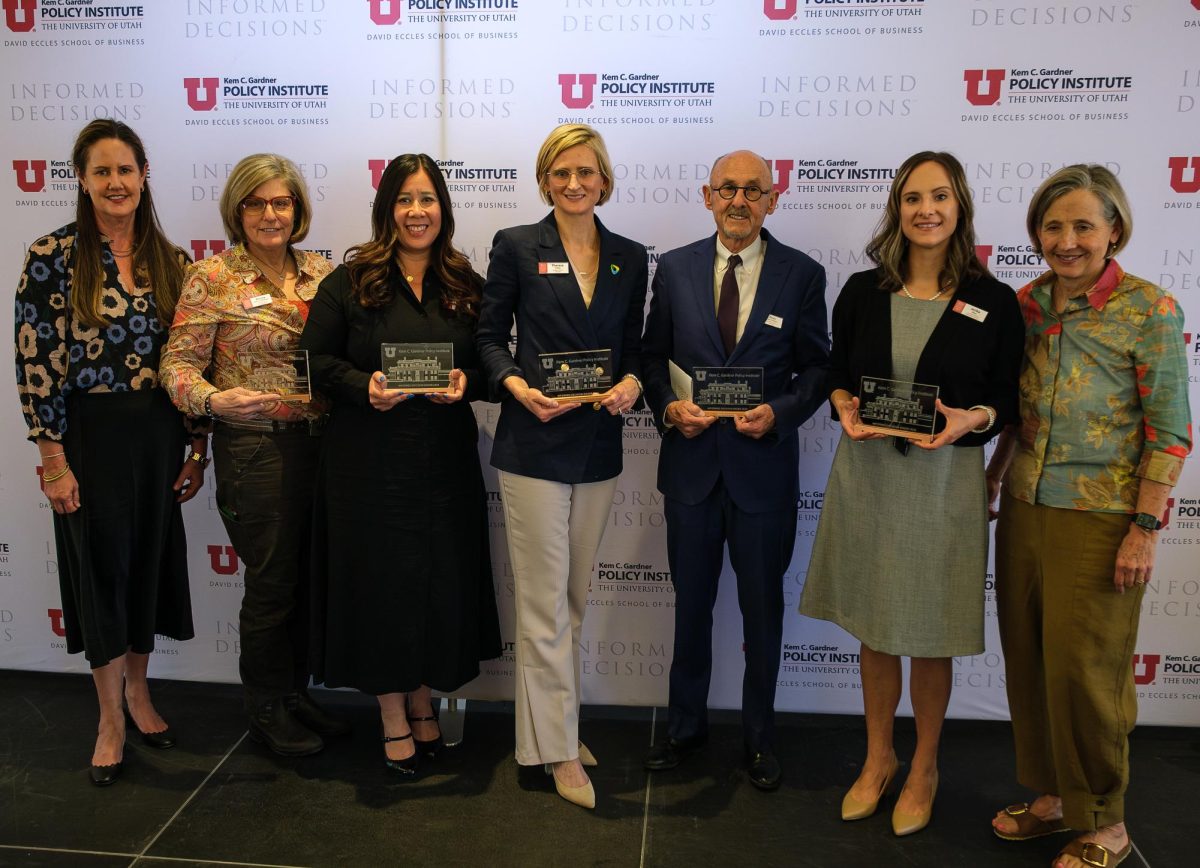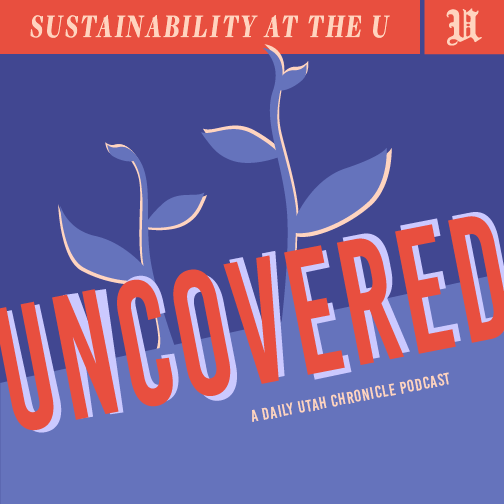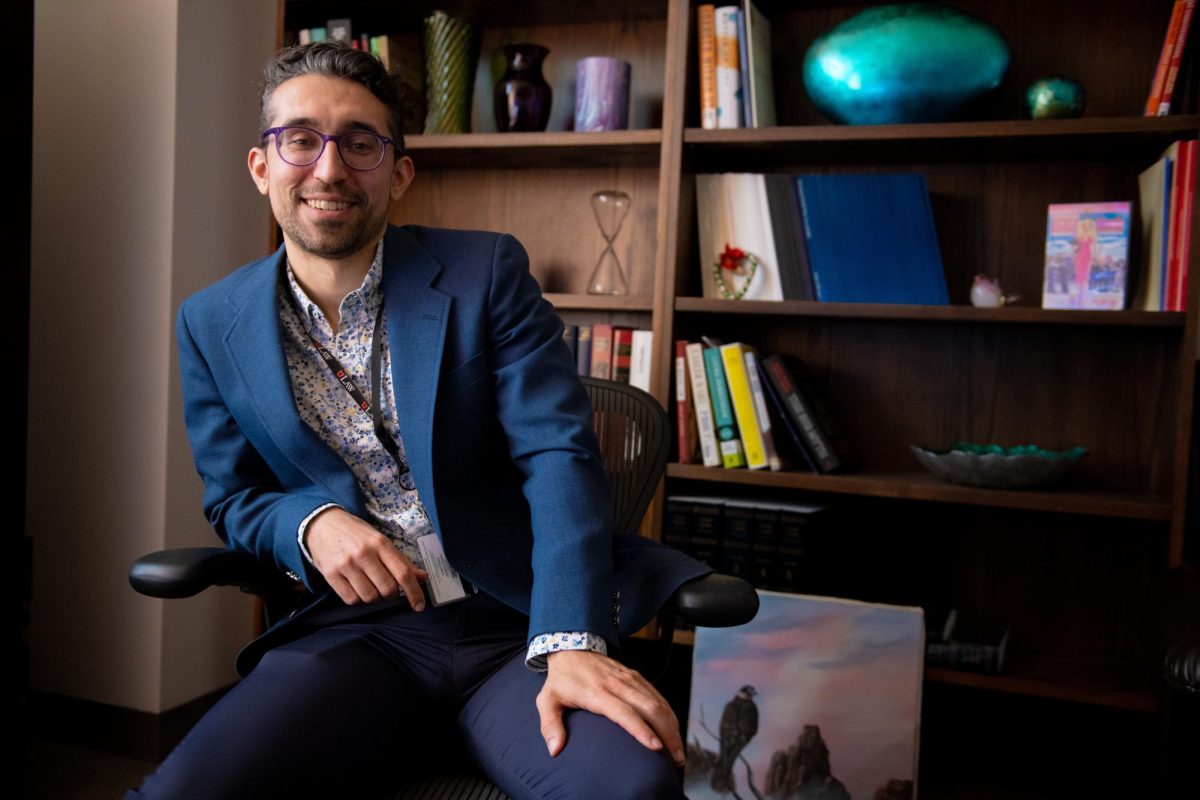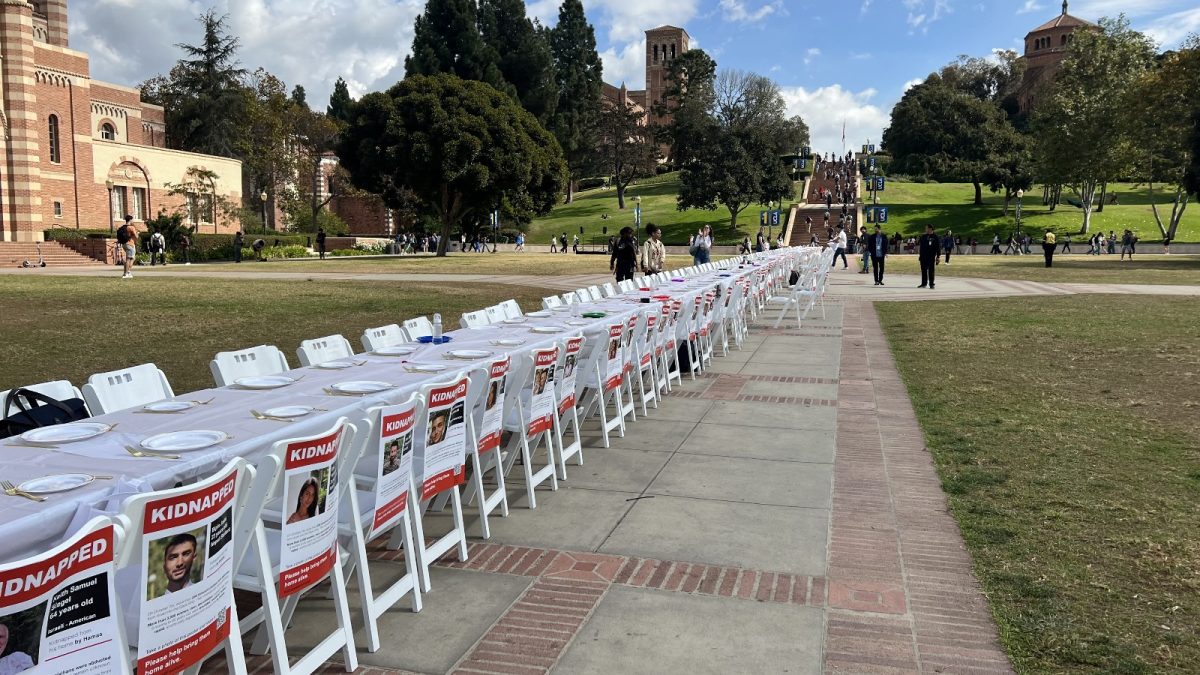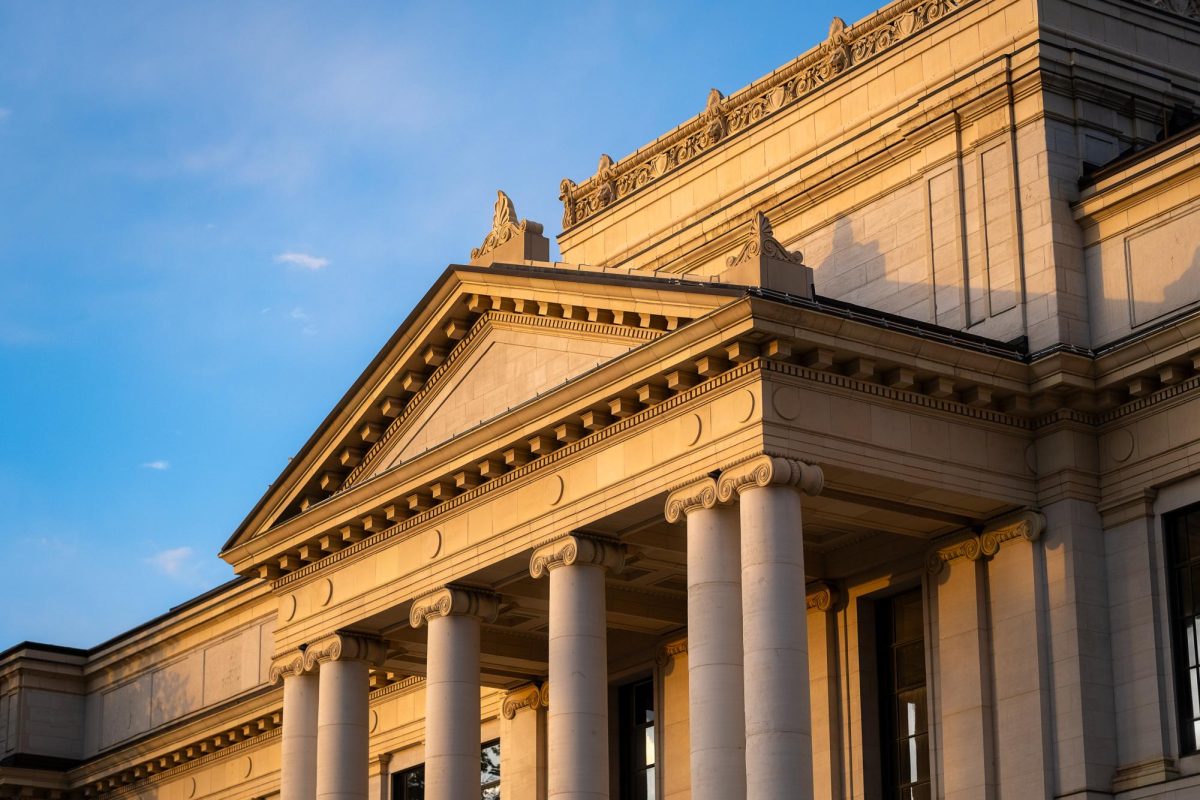U researchers recently identified a gene that could lead to more knowledge and research about stem cells and their abilities to replace or repair damaged tissue in humans.
The gene is found in planarians, or flatworms, and is necessary for regeneration.
“The point of our research is to identify the molecules that make regeneration possible in some organisms and not possible in others,” said Alejandro Snchez Alvarado, professor of neurobiology and anatomy at the U.
Alvarado and his colleague Peter Reddien, a postdoctoral fellow at the U who is now at the Whitehead Institute for Biomedical Research in Massachusetts, published their findings in the Nov. 25 issue of the magazine Science.
They previously found 240 genes in flatworms that they suspect are involved with regeneration. They also identified one of those genes, smedwi-2, as being present in other mammals, including humans.
“Flatworms are a classic model of regeneration,” Alvarado said.
Flatworms can regenerate when cut into as many as 279 pieces and still grow to be a full worm, he said.
Flatworms will provide an experimental context, which will allow researchers to interrogate at a molecular level the biology of the regeneration, Alvarado said.
The smedwi-2 gene is active in stem cells, and when Alvarado and Reddien turned off the gene, regeneration was prevented and the worms died.
“We know very little about how stem cells are regulated in adults,” Alvarado said. “It is very likely that the understanding of stem cells in planarians will provide clues for stem-cell research in humans.”
Reddien said that while there is a significant amount of tissue repair and cell proliferation in humans, there are still a good number of researchers who don’t know about regenerative medicine.
“We are studying the basic science of regeneration and using planarians as a model system to identify the mechanisms that control the ability of stem cells to replace cells,” Reddien said.
Most likely, the research will broadly affect the knowledge of how stem cells work in all organisms, including humans, and set a basic foundation for regenerative science, Reddien said.
Alvarado was one of 300 researchers to become an investigator with the Howard Hughes Medical Institute this year, which recognizes him as being one of the “strongest biologists in the country,” said Thomas Parks, chairman of the department of neurobiology and anatomy.
“(Alvarado) has a better chance than anyone of figuring out how planarians regenerate and how humans may be able to manipulate cells and regenerate someday,” Parks said.
Researchers hope that the discoveries made in planarians will bring us a step closer to understanding the potential for regeneration in humans.
“Today’s treatments are yesterday’s research,” Parks said.


